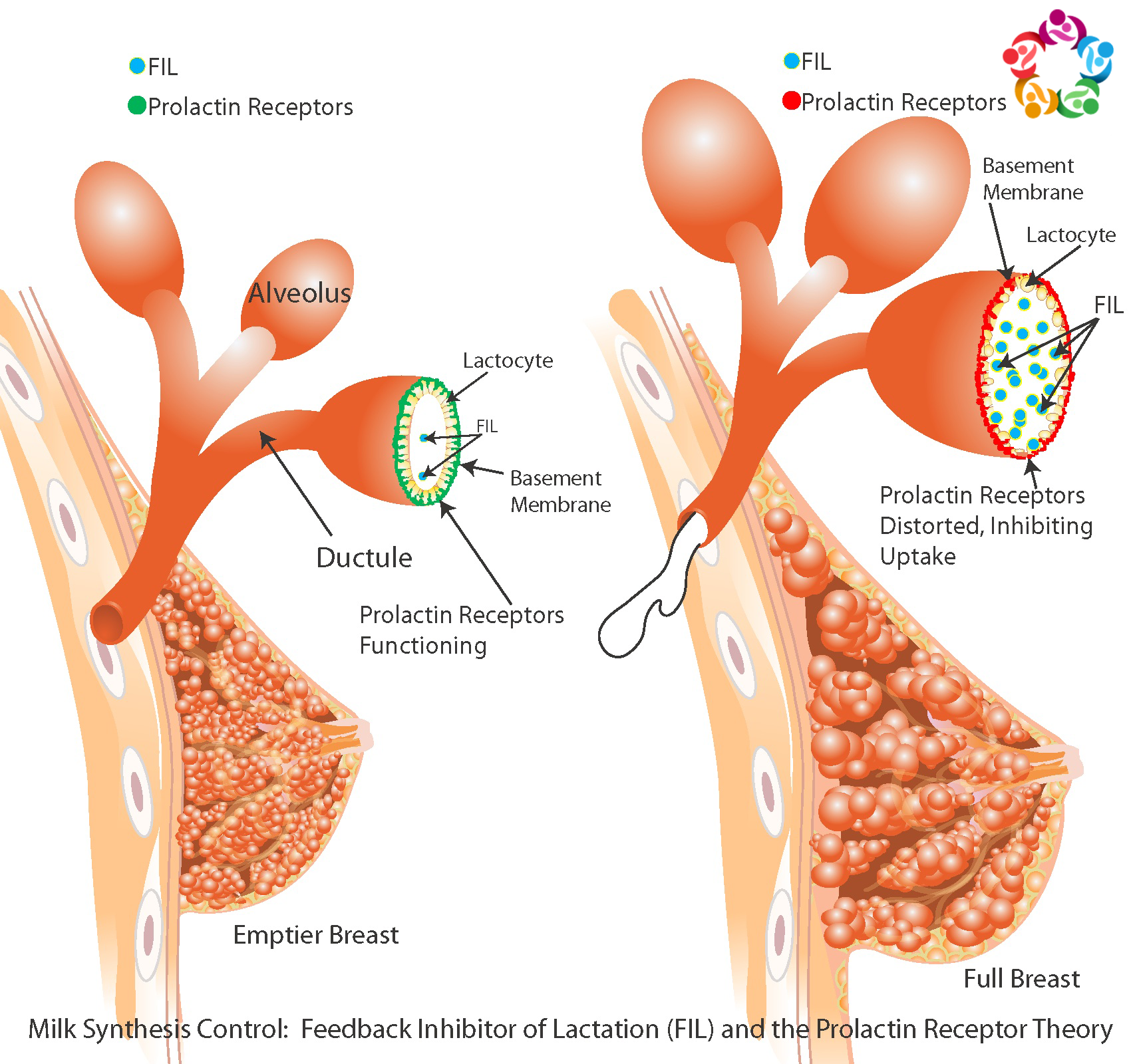What do Government Spending and Milk Production Share?
At the end of the fiscal year government agencies rush to spend money that is remaining in their accounts, as having a positive balance at the end of the fiscal years signals to the government that you had too much money and you need less next year. If you spend more you, get to keep what you had and sometimes you even get a little more!
This is how the milk regulation process works as well. However, it's on a constant cycle happening multiple times each day instead of just once a year. When milk builds up in the breast, the whey protein called Feedback Inhibitor of Lactation (FiL) stacks up. The more FiL collects in the breast, the less milk the body produces next time. If you drain the breasts fully and frequently, the lower amount of FiL tells your body more milk is needed.
So what seems like a complicated process, when thought of in terms of a protein accumulation triggering a negative feedback loop that we can leverage to influence breast milk production, is suddenly much easier to understand when we think about the breasts as government bank accounts. You spend more money by nursing or pumping until the breasts are emptied, and you do so more often to increase the amount of money you get in the next production cycle. You reduce the amount of money you will receive in the next cycle by spending less- by nursing and pumping less frequently and not fully draining the breasts.
Power pumping and cluster feeding take advantage of this by draining the breasts frequently, which keeps the bank account empty and the FiL doesn't have the opportunity to build up. This in turn tells your body that more milk is required. Just like with the spending process, it takes some time to see the impact as the increase will not happen immediately, but as the cycle begins again. Thankfully for milk production we do not have to wait an entire year to see the increase, we usually see the response in just a few days.
When we want to decrease the milk supply we often use a strategy called block feeding. In block feeding we treat each breast like its own individual government account, and allow the milk to accumulate in one breast for a few hours so that breast gets a budget cut, while using the other breast to feed the baby. We alternate back in forth between the two accounts so that we slow the milk production process through these small budget cuts, while not cutting milk production below the level the baby needs.
So now that you have a better understanding of how your body regulates your milk production leverage this knowledge to meet your goals!


